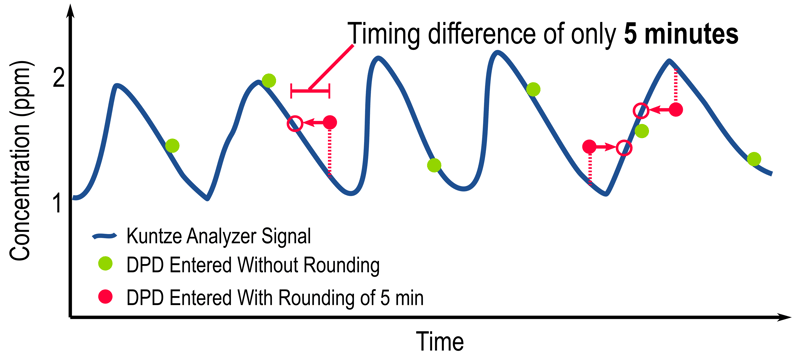Bare Amperometric Sensor vs. Membrane Sensor Technology
Looking to measure oxidant in an application that frequently shuts down and starts up? Want to reduce the impact of flow and pressure changes on your oxidant measurement system? Switching from a membrane-style amperometric measurement system gives you these benefits and more. Watch our new video to learn about Kuntze's bare amperometric sensors and how they outperform membrane sensor technology.
Were you looking to compare Kuntze systems to online colorimetric sensor technologies? Click here to learn more.
Bare Amperometric Sensor vs. Online Colorimetric Sensor Technology
Looking to eliminate the need for reagents for your oxidant measurement? Want a more environmentally-friendly and cost-effective measurement system that doesn't need a hazardous waste stream? Switching from an online colorimetric measurement system gives you these benefits and more. Watch our new video to learn about Kuntze's bare amperometric sensor technology and how it outperforms online colorimetric systems.
Were you looking to compare Kuntze systems to membrane sensor technologies? Click here to learn more.
The Importance of Timing on Reference Measurements
Many applications have fast-moving oxidant concentrations, while others are more gradual. Regardless of the application, the timing of reference measurements is critical.

In the plot above, the Kuntze analyzer signal (blue line) matches well with the DPD measurements entered without rounding (green circles). The rounded DPD measurements (filled red circles) do not match with the Kuntze signal. If they had been entered without any rounding (empty red circles), they would have matched up. This plot shows how even small discrepancies (5 minutes or less) in the timing can affect the quality of the reference measurements.
To avoid timing errors, follow this procedure:
- Make a note of the time the sample is taken using the clock in the upper right-hand corner of the analyzer.
- Take your reference measurement as quickly possible.
- Enter your measurement using the time you noted in Step 1 without rounding the time.
